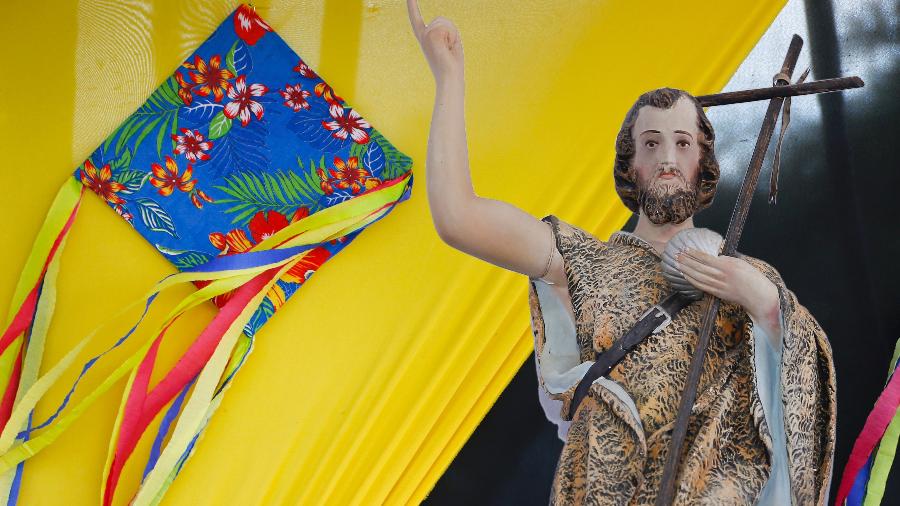USP iniciará o segundo semestre com aulas remotas por segurança, diz reitor

A USP iniciará o segundo semestre letivo com aulas remotas visando a segurança de alunos e funcionários. Se a pandemia não for controlada ainda este ano, as aulas práticas podem ser retomadas apenas em 2021.
"No momento, as aulas continuam remotas e o segundo semestre continua com aulas remotas", disse o reitor Vahan Agopyan em uma entrevista ao jornal local Bom Dia São Paulo.
Além da USP, a Unicamp e a Unesp também prorrogaram os estudos remotos para o semestre que vem.
Agopyan disse que as universidades estaduais de São Paulo são muito grandes e, por esse motivo, não seria seguro uma retomada de aulas presenciais no momento.
"Se houver mudança das condições epidemiológicas, logicamente as universidades vão rever decisão", disse Agopyan.
O reitor também falou sobre a produtividade e a qualidade do ensino oferecido a distância. Ele defende a aplicação das aulas remotas como possibilidade da democratização do ensino, mas faz ressalvas.
"A USP é uma universidade de pesquisa e na universidade de pesquisa o diferencial é o aluno receber o ensino no ambiente de pesquisa. Então, o contato de aluno e professor se torna imprescindível", explicou Agopyan.
Ontem, o Ministério da Educação autorizou que as universidades mantenham o ensino remoto até 31 de dezembro em razão da pandemia do novo coronavírus.
















ID: {{comments.info.id}}
URL: {{comments.info.url}}
Ocorreu um erro ao carregar os comentários.
Por favor, tente novamente mais tarde.
{{comments.total}} Comentário
{{comments.total}} Comentários
Seja o primeiro a comentar
Essa discussão está encerrada
Não é possivel enviar novos comentários.
Essa área é exclusiva para você, , ler e comentar.
Só s do UOL podem comentar
Ainda não é ? Assine já.
Se você já é do UOL, faça seu .
O autor da mensagem, e não o UOL, é o responsável pelo comentário. Reserve um tempo para ler as Regras de Uso para comentários.